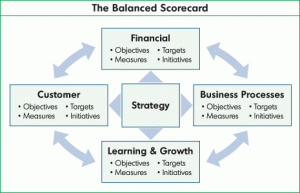After calculating our carbon footprints in Class 20, I was stunned to see how large several of my classmates’ carbon footprints were. It brought into focus that together, our seemingly harmless daily activities, like taking transit and consuming meat are making large contributions to the greenhouse gas emission problem of the world. In addition, it raises the issue of the amount of carbon dioxide emissions released by companies and large manufacturers. In Cathy Lee’s blog about Walmart’s green initiatives, she mentions that it is questionable whether the motives were for greater profitability or benefiting the environment. It is probably true that the main driving factor was the increase in profitability, while also being able to market itself as a “green” company.
Nowadays, it seems like implementing green initiatives has become a growth strategy for many other companies as well. Meanwhile, some companies are completely based off of an environmental approach, like exclusively selling eco-friendly products. Attitude is an example of one, selling non-carcinogenic household products from children’s shampoo to surface cleaners. The company has been able to successfully reduce its carbon footprint to zero through an innovative concept of creating, packaging, and storing its product under one roof, thus eliminating the greenhouse gas emissions that come from transporting. Thus, it has also been able to reduce operating costs and enhance profitability.
Read Cathy Lee’s Post about Walmart Going Green:
https://blogs.ubc.ca/cathylee/2012/11/12/wal-mart-goes-green/
Attitude’s Environmental Approach:
http://cleanattitude.com/en/site/page/environmental_approach
Photo Credits:
Carbon Footprint. N.d. Photograph. Web. 16 Nov. 2012. <http://alternativestandrews.blogspot.ca/p/carbon-footprint.html>.








